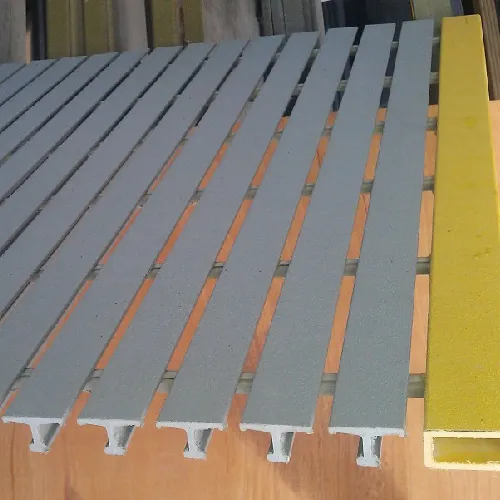loading...
- No. 9, Xingyuan South Street, Dongwaihuan Road, Zaoqiang County, Hengshui, Hebei, China
- admin@zjcomposites.com
- +86 15097380338
- Welcome to visit our website!
Exploring the Benefits and Applications of Sectional Tanks in Modern Industries and Water Storage Solutions
The Evolution and Advantages of Sectional Tanks
In recent years, sectional tanks have gained significant traction in various industries due to their customizable nature and efficiency in storage solutions. These tanks, constructed from multiple sections that can be assembled on-site, present a versatile alternative to traditional single-piece tanks. Let’s explore the evolution of sectional tanks, their benefits, and their applications.
Understanding Sectional Tanks
Sectional tanks are typically made of steel or other durable materials and consist of several panels or sections that are bolted together to form a complete tank. This design allows for flexibility in size and capacity, making sectional tanks suitable for a variety of storage needs. They are particularly beneficial in situations where transportation of a large single-piece tank would be impractical or costly, as the modular sections can be shipped separately and assembled on-site.
Evolution of Design and Materials
Historically, tanks were predominantly constructed as large, single units, which could pose challenges in terms of transport and installation. As technology has advanced, the design of sectional tanks has evolved to incorporate innovative materials and improved engineering techniques. Modern sectional tanks often employ high-strength steel, corrosion-resistant coatings, and advanced welding methods, ensuring longevity and stability.
Moreover, the evolution of sectional tanks is also closely tied to environmental considerations. As industries become more aware of sustainability, these tanks have been designed for easy disassembly and recycling, further minimizing their ecological footprint. This adaptability aligns with the global shift toward more sustainable practices in manufacturing and construction.
Advantages of Sectional Tanks
sectional tanks

One of the primary benefits of sectional tanks is their customizability. They can be designed to meet specific site requirements, making them ideal for diverse applications—from water storage in municipalities to agricultural uses for irrigation. Additionally, they can be easily adjusted or expanded as needs change over time.
Another advantage is the ease of installation. The modular design allows for a quicker setup compared to traditional tanks, which often require extensive groundwork and longer time frames for assembly. Sectional tanks can also be erected in challenging locations where access may be limited.
Furthermore, sectional tanks offer significant cost savings. Since they are often lighter than traditional tanks and can be shipped in sections, the overall transportation costs are reduced. On-site assembly minimizes the labor costs typically associated with constructing larger tanks.
Applications Across Industries
The versatility of sectional tanks means they find applications in a wide range of sectors. In the agricultural sector, they are utilized for water storage and livestock feed. In industrial settings, they serve as storage for chemicals, fuels, and other hazardous materials, with designs that meet stringent safety regulations. Municipalities employ sectional tanks for drinking water systems, ensuring reliable and efficient storage.
In addition, sectional tanks are increasingly being used in the renewable energy sector, particularly in biogas production, where they store organic materials that are converted into energy. Their adaptability enables industries to respond swiftly to changing demands, making them an integral part of modern infrastructure.
Conclusion
In conclusion, sectional tanks represent a significant advancement in storage solutions, offering benefits that extend from customizability and cost-effectiveness to sustainability and ease of installation. As industries continue to embrace innovative technologies and practices, sectional tanks will undoubtedly play a vital role in shaping the future of storage in various sectors. Whether it's for agricultural, industrial, or municipal use, these tanks are a testament to how engineering can meet the evolving needs of society while also being mindful of the environment.
-
Revolutionizing Industrial Safety with ZJ Composites' Mini Mesh GratingNewsNov.14,2025
-
Premium FRP Profiles and FRP Grating Revolution for Global WholesalersNewsNov.14,2025
-
Ultimate Strength with ZJ Composites FRP Profiles for Wholesale SuccessNewsNov.14,2025
-
ZJ Composites Covered Grating – The Durable Flooring Solution for Smarter Industrial SpacesNewsNov.14,2025
-
Mini Mesh Grating Enhancing Strength and Style in Every ProjectNewsNov.14,2025
-
FRP Pressure Vessels by ZJ CompositesNewsNov.14,2025
-
Transforming Industrial Spaces with Advanced Frp GratingNewsNov.11,2025
